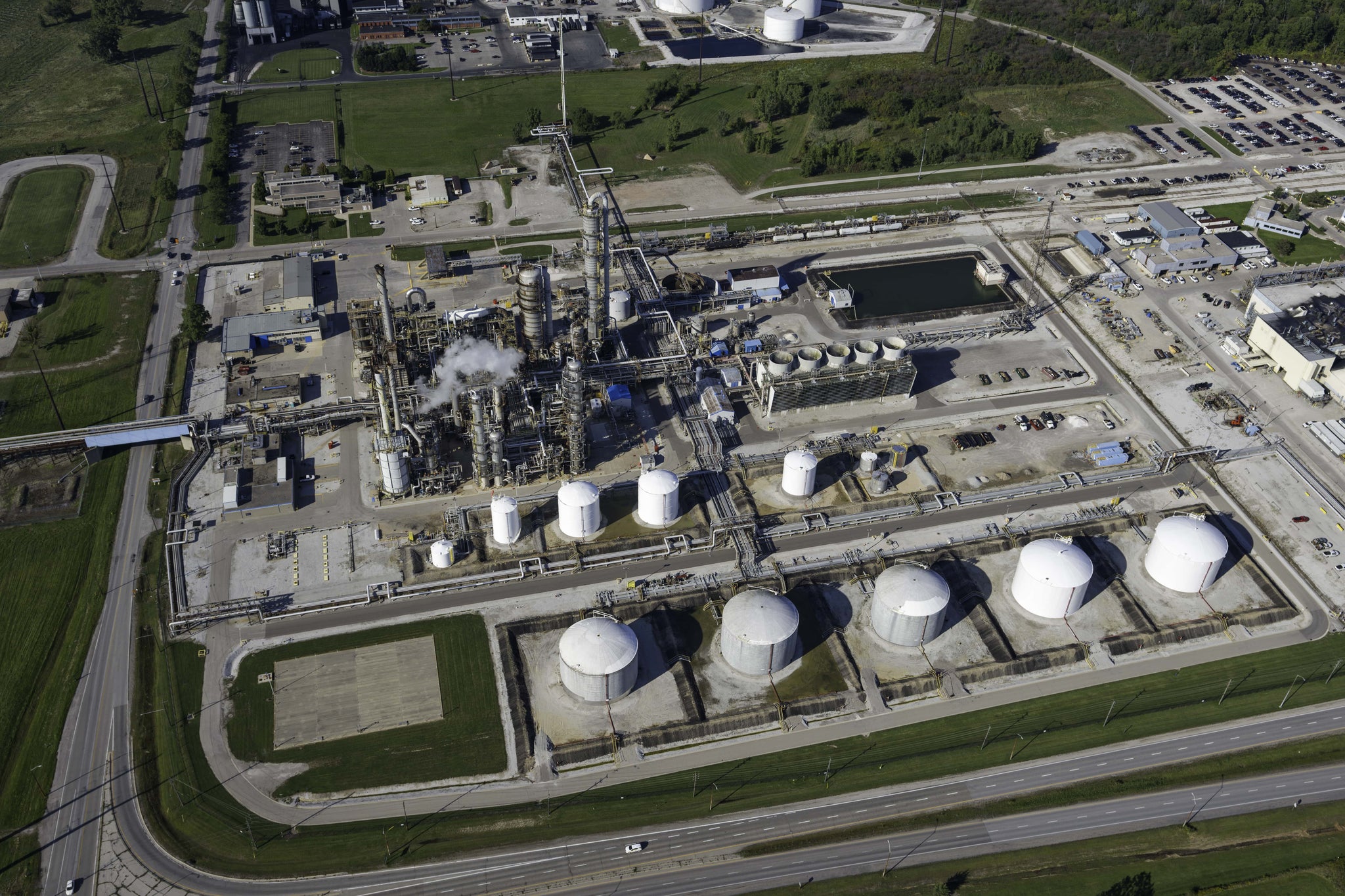
Emission Reduction Programme
ECA Amendment Item 1.4 - December 1, 2025
Introduction
As per Item 1.4 of the ECA Amendment, INEOS Styrolution is submitting this written update on the site’s Suspension Plan and the various benzene reduction projects occurring on site. On October 24, 2024, INEOS Styrolution announced the decision to not restart the Sarnia site before the permanent site closure by June 2026. The site has now completed it’s safe and compliant closure process and benzene has been removed from the site. INEOS intends to submit its site closure plan in the coming days and request to void its air ECA permit, de-register from the PCIS and request suspension/closure of the orders.
Suspension Plan:
On November 23, 2024, INEOS Styrolution submitted an updated Suspension Plan, which described the facility's current operating status and site decommission plans for 2025. INEOS Styrolution received MECP approvals for the Suspension Plan on December 19, 2024. Additionally, on January 24, 2025, INEOS received comments from the MECP on the site’s updated Air Monitoring Strategy (AMS). An updated Air Monitoring Strategy was submitted on February 28, 2025, and approved by the MECP on April 11, 2025.
Repair of LDAR DOR Items:
There are no longer LDAR applicable components on site.
Benzene Removal from Tank MT303:
Benzene Tank MT-303 is empty and considered to be Out-of-Service per regulatory definitions/requirements.
Benzene Reduction Projects:
Benzene has been removed from the site as part of the decommissioning activities.
Sump Cleaning and Emissions Control:
Process sewers and sumps have been cleaned and removed of benzene containing liquid and solids. Sump SG-212 control system has been removed.
Previous Month Completed Benzene Emission-related Activities:
The following activities were completed in November:
- Vacuum boxes with remaining decon/waste materials have been removed from the site.
- Site completed removal of small, stored chemicals (paints, lube oils, grease, etc.) which have negligible/no benzene-containing materials.
4-Week Forecast - Decommissioning-related Activities:
The following activities are anticipated to occur in the month of December:
- INEOS will submit the site closure plan to revoke the site Air ECA, de-register from the PCIS from the Ministry’s Technical Standards Registry and request closure of the regulatory Orders.
Downloads
Monthly update: ECA Amendment Item 1.4 - December 1, 2025
Monthly update: ECA Amendment Item 1.4 - November 1, 2025
Monthly update: ECA Amendment Item 1.4 - October 1, 2025
Monthly update: ECA Amendment Item 1.4 - September 1, 2025
Monthly update: ECA Amendment Item 1.4 - August 1, 2025
Monthly update: ECA Amendment Item 1.4 - July 1, 2025
Monthly update: ECA Amendment Item 1.4 - June 1, 2025
Monthly update: ECA Amendment Item 1.4 - May 1, 2025
Monthly update: ECA Amendment Item 1.4 - April 1, 2025
Monthly update: ECA Amendment Item 1.4 - March 1, 2025
Monthly update: ECA Amendment Item 1.4 - February 1, 2025
Monthly update: ECA Amendment Item 1.4 - January 1, 2025
Monthly update: ECA Amendment Item 1.4 - December 1, 2024
Monthly update: ECA Amendment Item 1.4 - November 1, 2024
Daily update: Benzene Removal Plan (last updated October 4, 2024)
Monthly update: ECA Amendment Item 1.4 - October 1, 2024
Monthly update: ECA Amendment Item 1.4 - September 1, 2024
Monthly update: ECA Amendment Item 1.4 - August 1, 2024